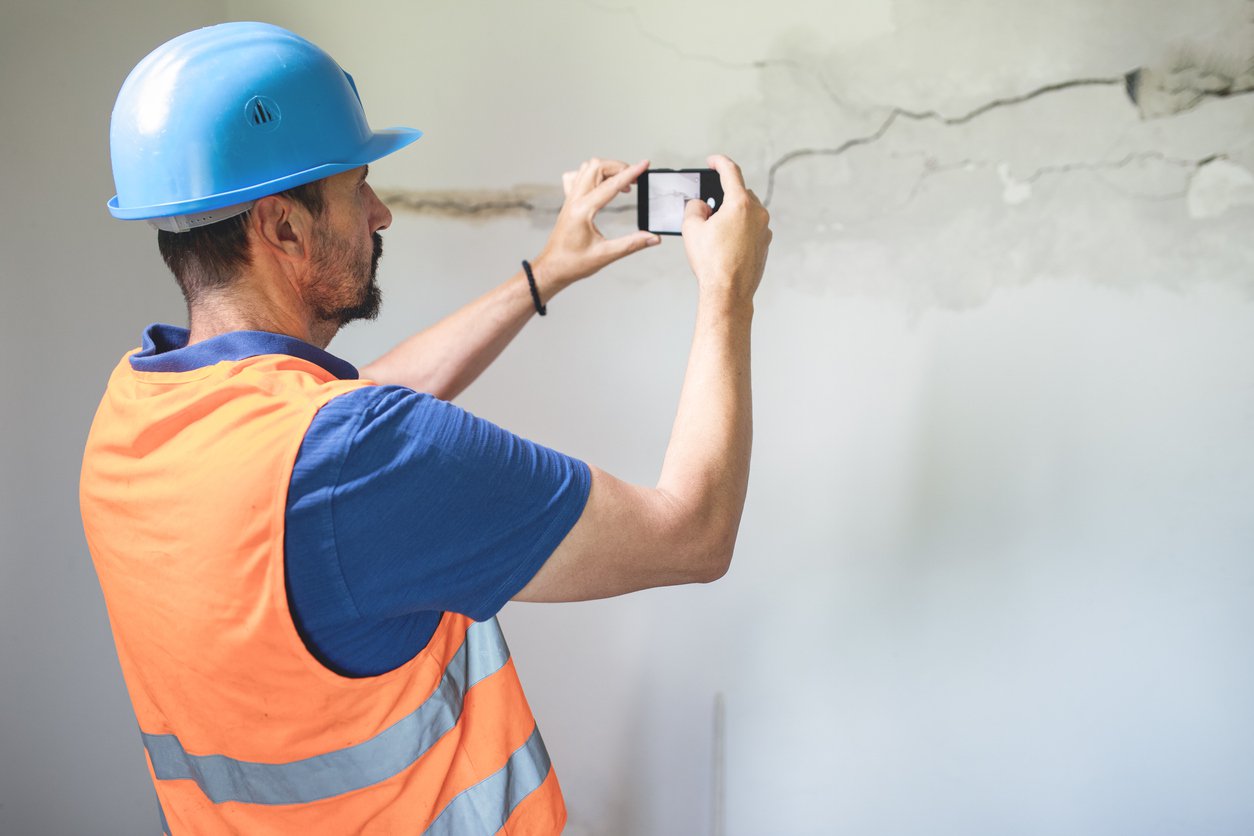Construction sites are inherently risky environments, with numerous potential hazards that can lead to an injury or other incident. When this occurs, conducting a thorough investigation is crucial not only for compliance and legal reasons, but also for preventing future occurrences. Using this information, a well-executed post-incident analysis can provide valuable insights into the root causes of incidents and help in developing effective strategies to enhance safety protocols.
The end result of a successful investigation captures the facts surrounding an incident so that there is a record of what the scene looked like and what the witnesses observed, optimally within 24 hours of occurrence. A good investigation is not meant to play the blame game or steer the investigation one way or the other with leading questions. It is a fact-finding mission to provide as much pertinent information as possible to the client.
Here are some best practices for conducting thorough construction site investigations.
Best Practices
- Providing Immediate Response
- Gathering accurate information at site
- Quality Assurance
- Reporting to Client
2. Providing Immediate Response
Immediate Response is critical and can be defined as arriving to the incident site and interviewing witnesses within 24 hours. An Investigation is meant to capture the scene as closely after the incident as possible and preserve any physical evidence that may be relevant, such as damaged materials or equipment. This includes pre-arrival communication with the site managers to ensure that the site maintains the integrity of scene. This may include having the site cordon off the accident area. Investigators show up wearing PPE which includes hard had, safety vest, eye protection and work boots, a good camera and a recorder for interviews.
2. Gathering Information
Collecting comprehensive data is essential for a thorough investigation. This includes taking photographs, videos, and sketches of the scene, as well as gathering physical evidence. Investigators also examine project documentation, including contracts, safety training and records, inspection reports, and maintenance logs, etc.
Interviewing witnesses and involved parties promptly is crucial, as memories can fade over time. Investigators must ensure that interviews are conducted in a non-confrontational manner to encourage honest and detailed accounts.
Witnesses should be Interviewed individually, and this should be done where the incident took place. Employees should be interviewed as soon as possible and in private. If the witness talks or listens to others they may become confused and subconsciously change his/her account. Some important questions to ask:
* How long have you been working in this particular area?
* What equipment and tools were you using?
* Were you familiar with this area, tools, assigned task?
* Why was today different / why did you get hurt? Can you break it down frame by frame into the mechanics of the accident?
* Were there any previous concerns about working conditions? If so, who was it reported to?
In addition, all possible avenues for the claimant to pursue a General Liability claim should be explored and closed through the above-mentioned statements / documents etc. Also, the investigator should always be attuned to potential subrogation against any and all entities who may provide contribution or relief. In short, the investigator must use all legal means gathering any and all evidence to assist in the defense of the claim.
Using the same statements, documents, and photos, Investigators look for subrogation and tenders while preserving critical evidence.
3. Quality Assurance
Once the Investigator has completed the work on site, a detailed investigation report draft is submitted to management as part of best practices. This incorporates a second set of eyes with a higher level of experience to ensure that the report meets the high standards set forth in training, as well as meeting any specific client requirements.
4. Final Product – The Report to Client
A successful final product, in this case the comprehensive report for the client, is clear, concise, and supported by evidence. The report and any future updates are submitted to all relevant stakeholders, including the insured party, insurers, and legal representatives.
Complete and organized records of all investigation materials, including reports, evidence, and correspondence should be maintained using a robust system specifically designed for Investigative documentation. Gallagher Bassett’s Technical Services Division (GBTS) Investigations utilizes FileTrac.
An effective Investigation company works closely with the client, whether it be a builder, carrier or defense counsel, initially to determine if an incident as reported is Bonafide and the facts are correct. Through witnesses and Insureds, documents, photographs and diagrams, the Investigator should produce a clear picture of the location of loss and the mechanism of the incident. GBTS Investigations provides the highest standards of service utilizing the best practices listed above. If you have any questions or would like to submit a claim, please reach out to us at gbts.inv.tcs@gbtpa.com.


